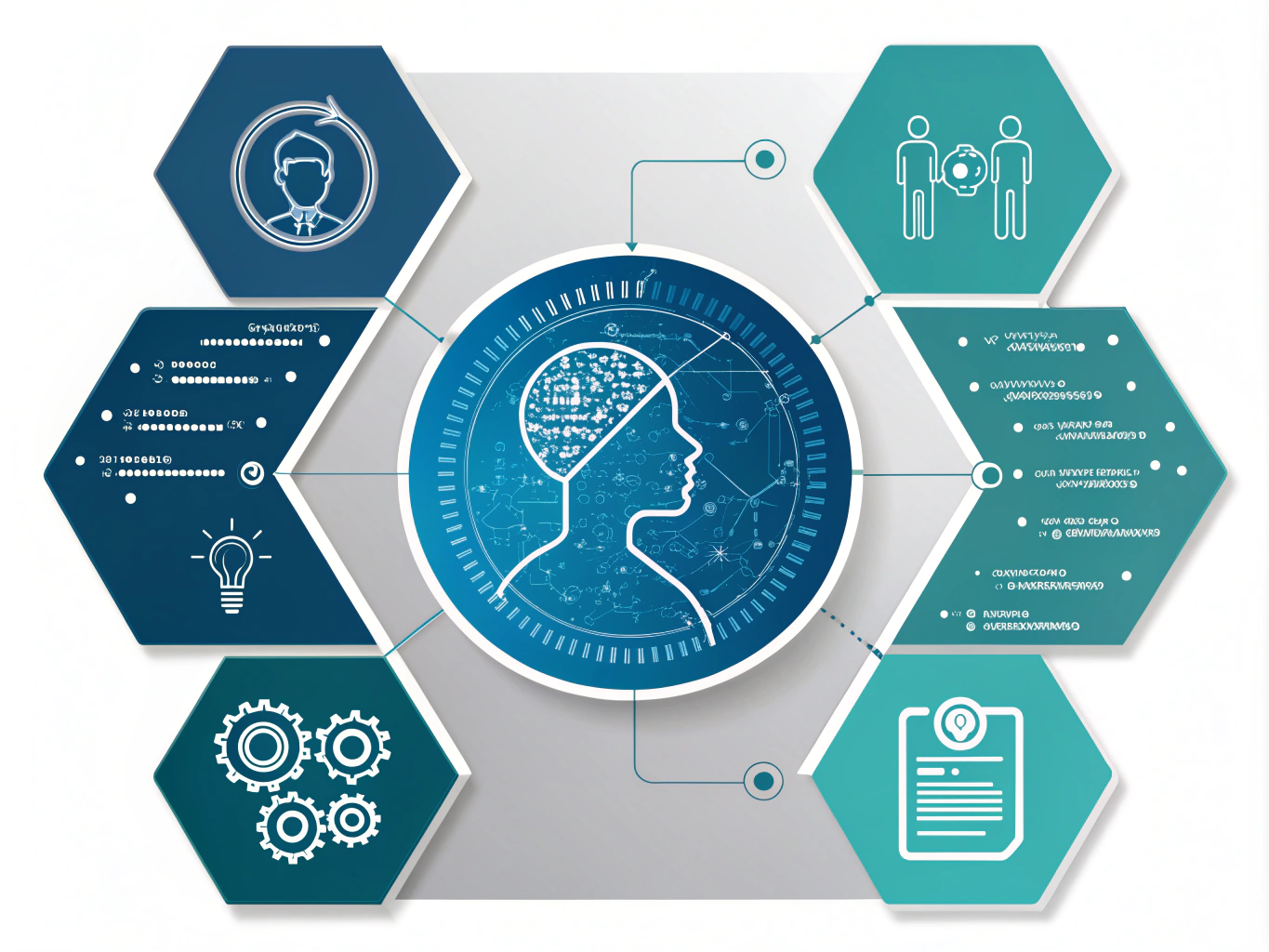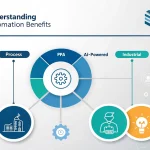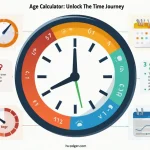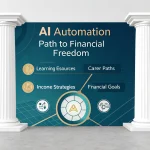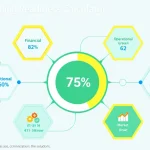AI Job Market Analysis
Is this tool helpful?
How to Use the AI Job Market Impact Analyzer Effectively
You can use the AI Job Market Impact Analyzer to understand how artificial intelligence affects different job categories and shape your career or organizational strategy. Follow these steps for best results:
- Input a Detailed Job Report: Paste a comprehensive job report or industry analysis from trusted sources. For example, try a report from Deloitte on AI’s impact in manufacturing or a PwC analysis on automation in retail.
- Specify an Industry Focus (Optional): Narrow your analysis by entering an industry or niche like “Renewable Energy” or “Education Technology” to examine AI’s influence specifically within those sectors.
- Set a Time Frame (Optional): Indicate the period for the analysis, such as “next 3 years” or “by 2030,” to focus on short-term or long-term job market changes.
- Submit Your Data: Click the “Analyze Job Market” button to process your inputs and generate a tailored report.
- Review Your Results: View the breakdown of AI’s potential impact, job category vulnerabilities, timelines, and attributes that contribute to job resilience.
- Save and Share: Use the available options to copy or save the analysis for reference or to share with colleagues and stakeholders.
What is the AI Job Market Impact Analyzer? Definition, Purpose, and Benefits
The AI Job Market Impact Analyzer evaluates how artificial intelligence and automation influence various job categories. It helps individuals, companies, and policymakers make informed decisions by providing insights based on detailed job market reports and trends.
Purpose and Key Benefits
- Comprehensive Evaluation: Reviews job categories for vulnerability to AI automation, timelines of change, and resilience factors.
- Industry-Specific Insights: Allows users to tailor analyses around particular sectors or time horizons for focused results.
- Evidence-Based Predictions: Uses data from reputable reports to provide trustworthy, actionable forecasts.
- Practical Guidance: Suggests strategies to improve job security and prepare for workforce shifts.
- Forward-Thinking Career and Policy Planning: Supports proactive adaptation to evolving job market demands caused by AI integration.
Practical Uses of the AI Job Market Impact Analyzer
This tool is designed for various real-world applications that help you understand and respond to changes brought by AI in the workforce.
1. Individual Career Planning
If you’re planning your career, use the analyzer to discover which roles face automation risk and which ones require growth. For example, a graphic designer might learn to focus on AI-augmented creative skills, while a software developer may explore emerging fields like AI ethics compliance.
2. Business Workforce Strategy
Companies can analyze industry-specific changes to identify which roles will shrink or expand. For instance, a logistics firm might see a rising need for AI maintenance technicians while automating routine dispatch tasks, prompting retraining programs.
3. Educational and Training Development
Educational institutions can tailor curricula based on projected demands—like offering new courses in explainable AI, human-AI interaction, or sustainable technology sectors where automation impacts are low.
4. Policy Formation and Economic Planning
Government and regional agencies use the tool to develop evidence-backed policies. They can prioritize reskilling initiatives in vulnerable sectors or incentivize job creation in AI-resilient industries like green energy or eldercare.
5. Startup and Innovation Opportunities
Entrepreneurs can spot gaps where AI requires human oversight or new services, such as ethical AI auditing or AI-human collaboration platforms, helping them build innovative businesses fit for the evolving economy.
Benefits of Using the AI Job Market Impact Analyzer
Make Smarter Career Decisions
You’ll see which careers remain resilient and identify skills that will grow in demand. This helps you plan a future-proof career path or shift focus when needed.
Prepare Your Workforce Strategically
Organizations gain clarity on workforce changes and skill requirements, enabling better hiring, training, and restructuring decisions to stay competitive.
Guide Education and Training Investments
Focus resources on developing relevant skills by understanding the attributes that matter in AI-impacted job markets.
Reduce Uncertainty and Plan With Confidence
Individuals and businesses reduce anxiety about the future by accessing data-driven insights into AI’s job market impact.
Stay Ahead in the Job Market
Leveraging this tool positions you to highlight AI-resilient skills and tap into emerging opportunities early.
Addressing Key Challenges in the Age of AI
- Clarifying AI’s Impact on Your Job: Understand exactly which aspects of your work may change and which skills shield you from automation.
- Supporting Career Transitions: Easily identify related fields and roles less vulnerable to automation to guide job changes or upskilling.
- Informing Training Choices: Prioritize skills development that complements AI and enhances your employability.
- Boosting Organizational Flexibility: Help companies anticipate workforce shifts and adapt proactively to maintain productivity.
- Enabling Evidence-Based Policy: Provide policymakers with detailed insights for designing programs that support workforce adaptation and resilience.
Sample Use Cases of the AI Job Market Impact Analyzer
Case 1: Career Development for a Marketing Specialist
A marketing specialist uses the analyzer with an industry report focused on digital advertising and a time frame of “next 7 years.” Results show automation affecting data collection and campaign optimization but also highlight a rising need for creativity and storytelling, guiding them to enhance those skills.
Case 2: Technology Company Workforce Planning
A tech company evaluates a report on AI adoption across software development over 5 years. The analysis identifies routine coding tasks as vulnerable but also a growing demand for AI system architects. The firm shifts training budgets accordingly and adjusts recruiting priorities.
Case 3: University Curriculum Update
A university inputs a labor market analysis focused on cybersecurity and AI integration for a 10-year outlook. They discover increasing demand for courses on AI risk management and compliance, prompting new program offerings to prepare students for future jobs.
Case 4: Regional Economic Policy
A regional government analyzes labor market trends in manufacturing and green energy sectors. The analysis helps create reskilling programs for workers displaced by automation and promotes growth in sustainable industry roles.
Case 5: Startup Market Opportunity
A startup team studies employment trends to identify opportunities in AI-human collaboration services. They use insights to develop a consulting service focused on ethical AI deployment in finance, addressing a clearly emerging market need.
Important Disclaimer
The calculations, results, and content provided by our tools are not guaranteed to be accurate, complete, or reliable. Users are responsible for verifying and interpreting the results. Our content and tools may contain errors, biases, or inconsistencies. Do not enter personal data, sensitive information, or personally identifiable information in our web forms or tools. Such data entry violates our terms of service and may result in unauthorized disclosure to third parties. We reserve the right to save inputs and outputs from our tools for the purposes of error debugging, bias identification, and performance improvement. External companies providing AI models used in our tools may also save and process data in accordance with their own policies. By using our tools, you consent to this data collection and processing. We reserve the right to limit the usage of our tools based on current usability factors.
